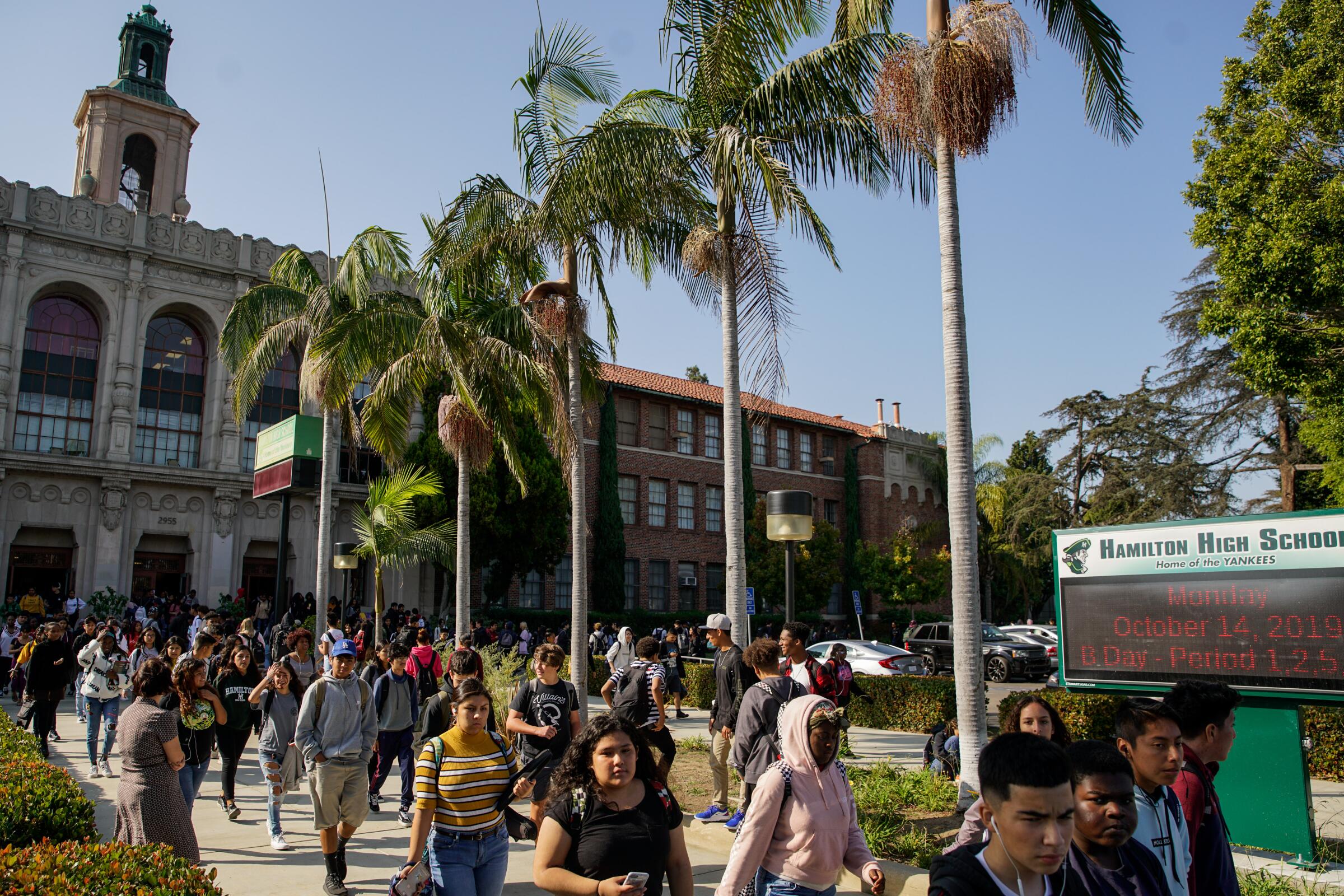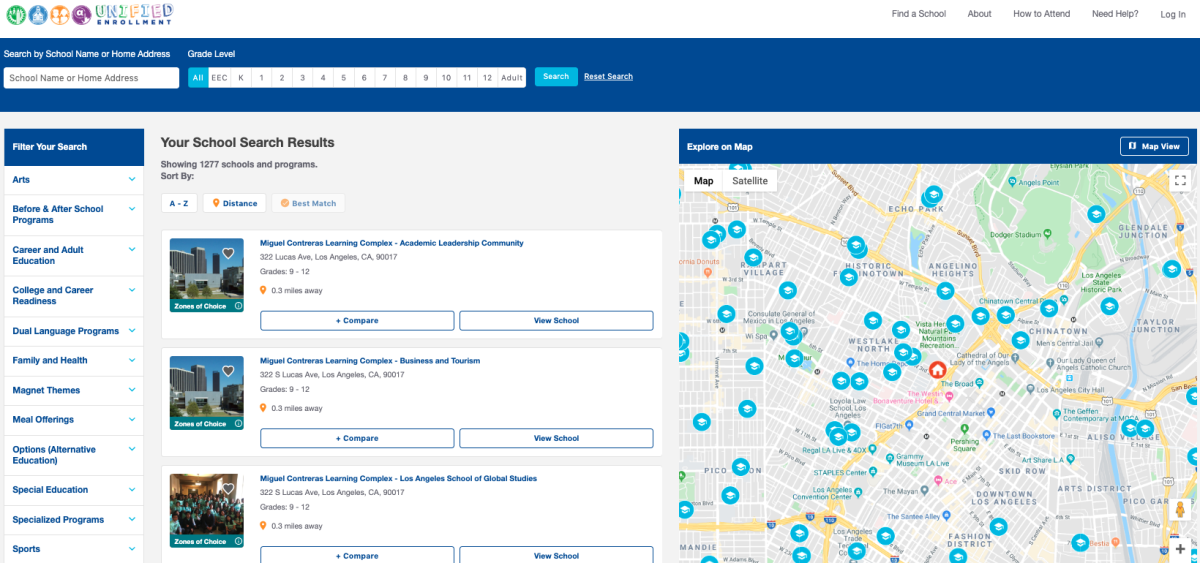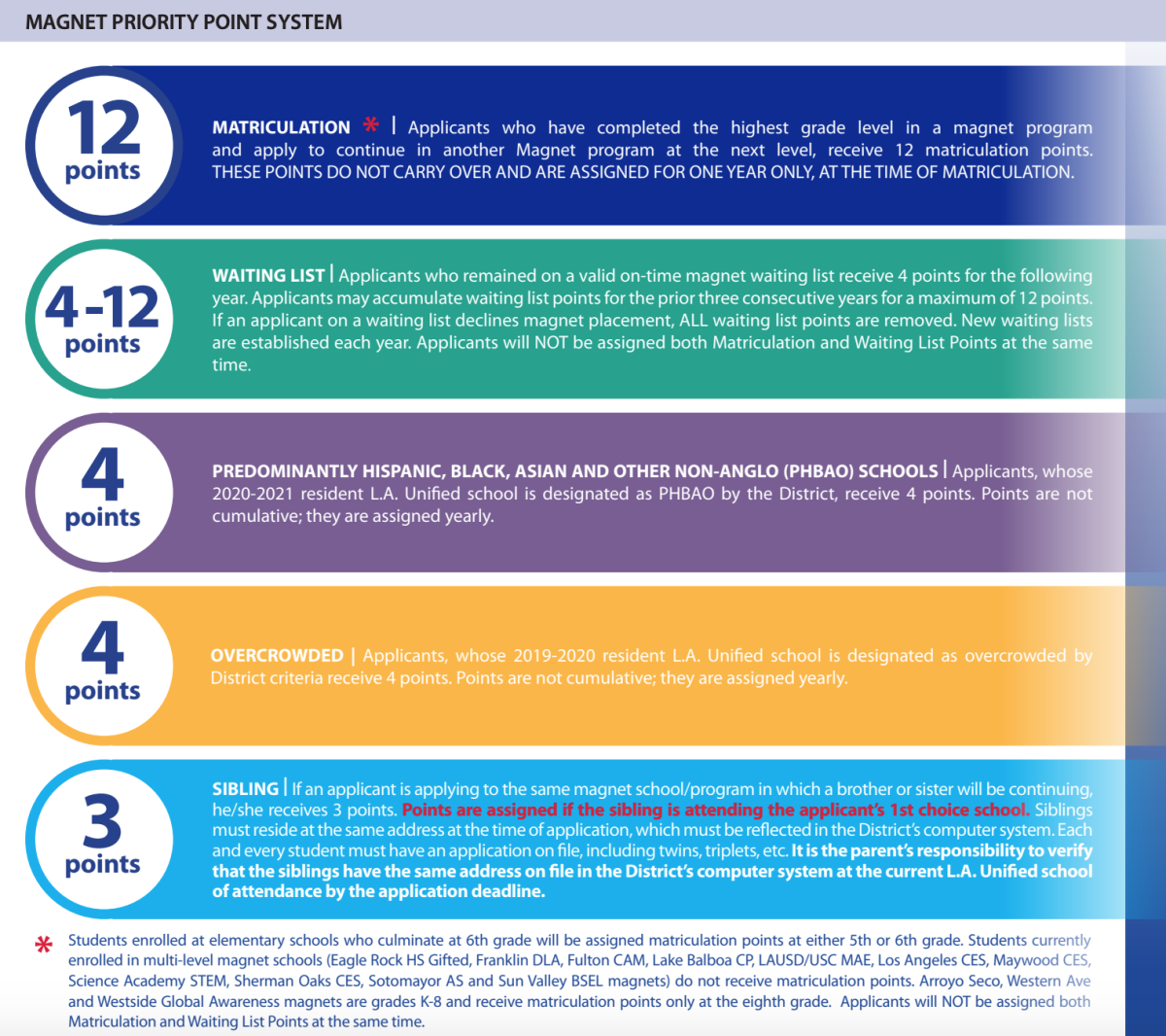Sign up for Essential California
The most important California stories and recommendations in your inbox every morning.
You may occasionally receive promotional content from the Los Angeles Times.
Follow Us
Sonali Kohli is a former Los Angeles Times reporter. A product of Southern California, she grew up in Diamond Bar and graduated from UCLA. She worked as a metro reporter for the Orange County Register and as a reporter covering education and diversity for Quartz before joining The Times in 2015.
More From the Los Angeles Times
Podcasts
Many Altadena & Pacific Palisades residents can’t afford to rebuild. What will this displacement mean for their communities?
In 2016, Sherri Papini from Redding faked her kidnapping, a hoax uncovered three weeks later. This week’s podcast revisits why the “happy housewife” plotted it and why the decade-old story is back.
Trump’s new budget guts federal solar/wind aid, favoring fossil fuels. Sammy Roth talks with Jesse Jenkins about its potential to worsen climate pollution & raise energy costs.














